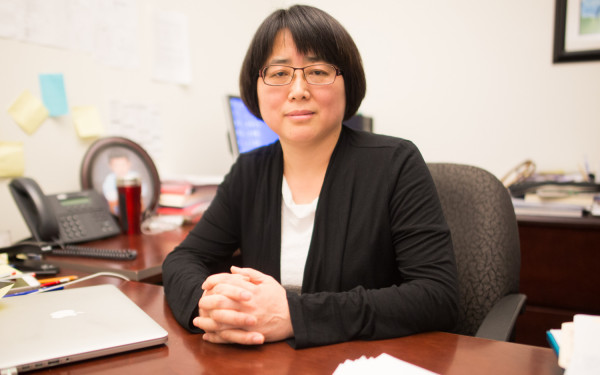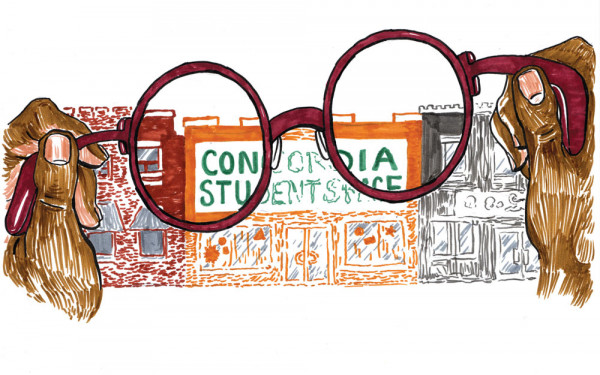Undergraduates to Vote on Student Centre
$43 Million Project Back on the Block for November Byelection
On Nov. 24, Concordia students will vote on whether or not they want to pay a series of fee levies to fund a $43 million student centre.
At the Concordia Student Union’s Oct. 13 council meeting, a motion to introduce a referendum question asking students to pay a $0.50 per credit fee levy that would increase for four semesters until it reaches $2.50 passed through council almost unanimously.
If the math confuses you, you’re not alone. Most of council agreed the question’s wording was puzzling.
Concordia undergraduate students currently pay $2 per credit—or $180 over a 90-credit bachelor’s degree—to fund the creation of a student centre. Under the CSU’s new proposal, that fee levy would climb by $0.50 a semester until it reached $4.50—or $405 over a 90-credit degree—by the summer of 2012.
A similar referendum question, which would have implemented the $2.50 fee levy hike in just one semester, was roundly rejected last March. Over 72 per cent of Concordia voters cast their ballots against the fee levy increase.
Councillor Joel Suss said he was skeptical that students would vote in favour of the new fee levy plan after having clearly denied a similar one just six months earlier.
The creation of a student centre was at the forefront of the Fusion slate’s platform during the 2010 CSU general elections. Four months after the referendum question failed, CSU President Heather Lucas pledged to keep fighting for a student centre in an interview with The Link.
On Oct. 13, CSU VP External and Projects Adrien Severyns pitched the new student centre plan to council.
“This is about reclaiming space for students,” said Severyns. “Concordia is the only university in Canada without a student centre.”
The CSU has already banked $6.7 million towards the student center project, through their current $2 per credit fee levy. Severyns said that amount would be enough to put a down payment on a downtown building and the centre could be up and running within two years if November’s fee-levy increases pass.
A student center would centralize Concordia’s existing club and student space under one roof. A board of co-management made up of representatives from the student body and university administration would run the center. The plan would also cede 38 per cent of the building to Concordia University administration.
While Severyns guaranteed that students would make up over half the board, some councilors felt the CSU would be handing over too much of the centre to the university.
“It seems to me that the administration has a duty to provide student space,” said CSU councillor Ethan Cox. “I don’t understand why an administration that is cracking down on student space in all other areas would be allowed to control so much of our student centre.”
Although specific details have yet to be divulged, administrative space could conceivably be occupied by student-oriented services like the International Student Office or the Office of the Dean of Students.
Cox then proposed an amendment to the referendum question that would include more specific figures about the fee levies, but it was voted down.
“So to be clear,” he said after the motion failed, “we’re misleading students.”
The debate over the wording of the referendum question continued long after the motion was shot down.
After an additional hour of debate, council approved a motion by Taylor Knott to present suggestions for clarification to the referendum’s chief electoral officer, Oliver Coen.
This article originally appeared in Volume 31, Issue 10, published October 19, 2010.

__900_600_90.jpg)
_600_832_s.png)




_600_375_90_s_c1.jpg)